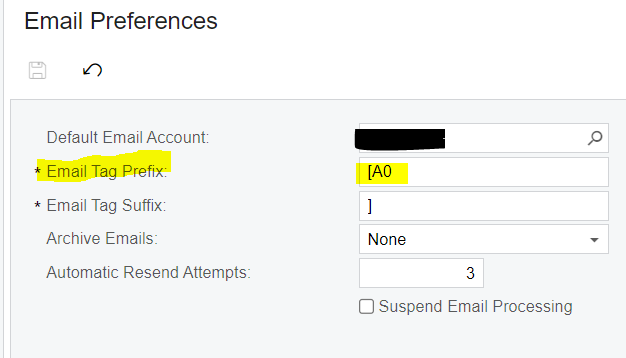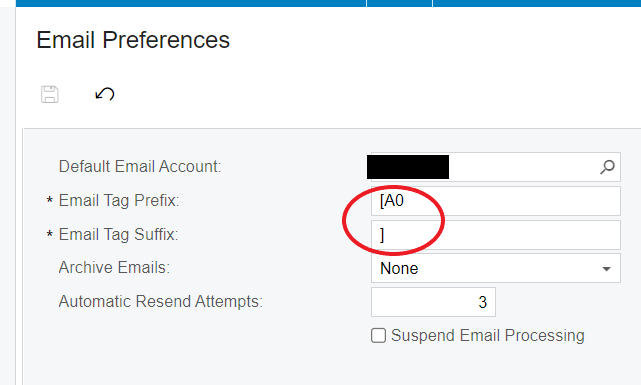Good day,
Client has been using System Email Accounts to send / Received emails from Acumatica using Outlook (they dont have Acumatica integration on their outlook app in windows), starting on 4/8/21, the client started noticing that the emails on her inbox will automatically change to read, other users that have Acumatica accounts that also have System Email Accounts setup in Acumatica will have same issue. After several tries with their IT person from there email server, we inactivate the System Email Account for her by changing the password to something incorrect, and the issue stop. I have sit checking this issue and it occurs when the System Email Account is setup correctly.
I have already change the incoming mail server from smtp.office365.com to outlook.office365.com to smtp.office365.com. But this did not fixed the issue.
I have also test where the password in incorrect and the test is bad, and emails remain unread on my clients outlook app in windows, but when putting the password correctly, the emails will start randomly set as read. I have seen this with my own eyes. Please advise.
Has anyone has this issue?
Best answer by martingaxiola
View original














